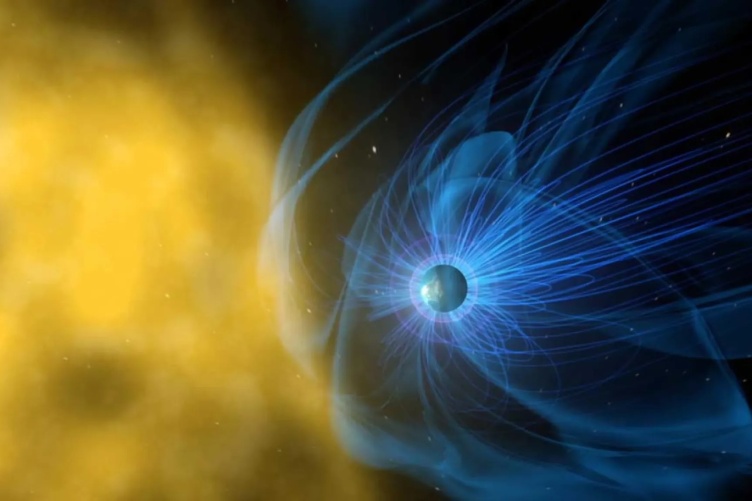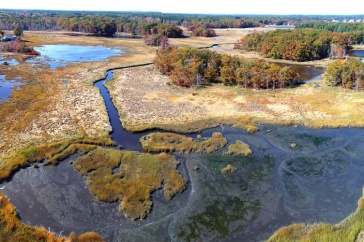
UNH researchers are exploring the magnetosphere, a giant magnetic bubble that surrounds the Earth. Credit: NASA
Can machine learning, an application of AI, help us understand and predict potentially destructive solar weather?

That’s what Jeremiah Johnson, associate professor of applied engineering and sciences at UNH-Manchester, hopes to learn with two new grants.
Johnson is leading NASA and National Science Foundation-funded grants totaling more than $700,000 that explore the use of machine learning to enhance our understanding of processes of the magnetosphere, the magnetic field around the Earth.
He’ll collaborate with UNH Space Science Center researchers Amy Keessee, associate professor of physics and astronomy, and James Clemmons, professor of physics, on a $577,698 National Science Foundation grant to better predict geomagnetically induced currents. And with $153,000 from NASA, he and collaborator Doga Ozturk at the University of Alaska-Fairbanks will aim to identify when and why bead aurora and omega bands occur.
“Geomagnetically induced currents originate with solar weather and can be incredibly destructive,” Johnson says, noting that a severe solar storm could have a major effect on the technology we all rely upon.
-
Written By:
Beth Potier | UNH Marketing | beth.potier@unh.edu | 2-1566



















































